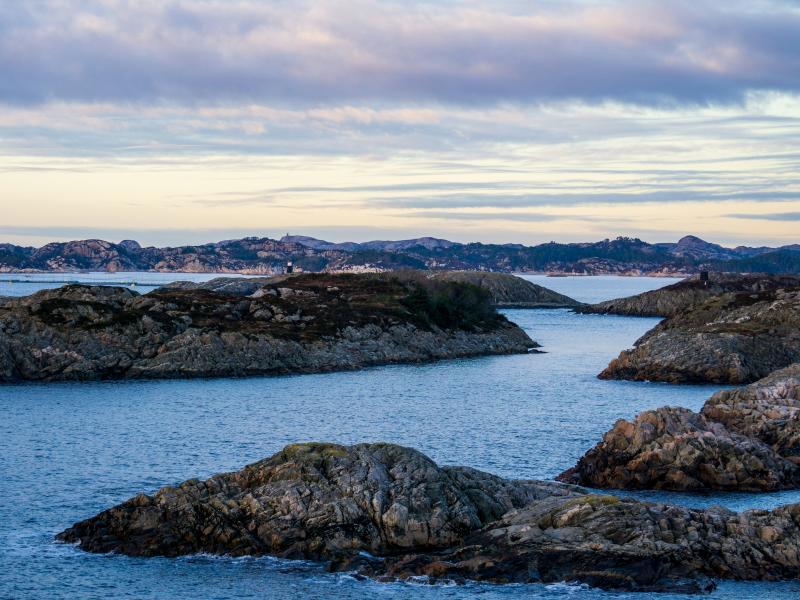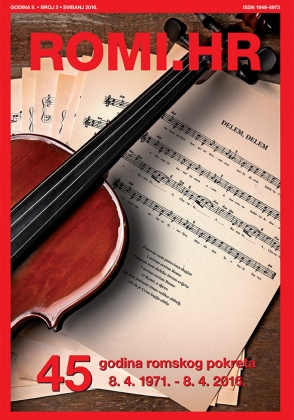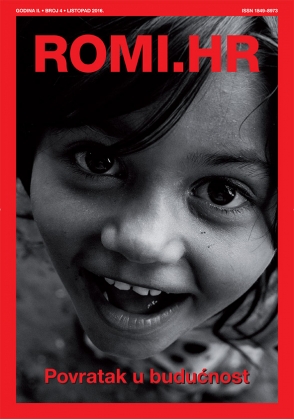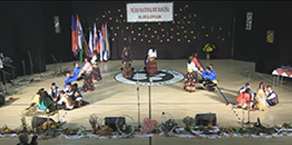Features ROMI.HR
/Who were “The Boat People”? Look towards the Norwegian coastal line, find the answer and learn about a traditional Roma way of living in Norway.
Norway has for a long time been known for its fishing industry, the many fjords and the long-spread archipelago. The natural circumstances in Norway are playing a big role in their cultural history, as in most countries. Historically, many Roma people in Norway have travelled by boat along the coast line. Actually, the first Roma people who arrived in Norway, in the 1500s, are believed to have arrived by boat. Roma people from Norway have been tightly associated with the seaside-lifestyle, up until the middle of the 20th century when this tradition changed.
The Roma people who lived along the coastal line are nowadays often referred to as “The Boat People”, but back when they still lived this lifestyle, they were often talked about with unofficial words describing Romani people, such as the words “fanter” or “splinter”. It is difficult to tell the story about “the boat travellers”, since the historical records that are left about them more often than not describe them from a distance. In contemporary studies, interviews have been made with people who grew up in families travelling by boat. One of the most important sources for us to know how “The Boat People” lived, is the book På Fantestien, (appr: “On the Gypsy road”) by Martin Johan Mathiassen Skou, the first Norwegian Roma person to write a book about his heritage. In the book, Mathiassen Skou tells his childhood story, and his experience of growing up by the coast.
It seems that most of the boat travelling Roma mostly lived around the southern half of Norway, from Trondheim to Kristiansand. But it would also sometimes happen that they made visits to the northernmost parts of the country. Along the coastal line, there were small colonies where the Boat travelling Roma would take breaks to trade and meet other people. The majority population’s view of the boat travelling Roma seems to have been mixed. Some people would share their food with the Roma people, and for people in rural areas, the arrival of the boats or the Roma seems to have been a big excitement. At the same time, the public view of Roma people in general was in many cases filled with stereotypes.
Overall, being Roma and travelling by boat seems to have been a social lifestyle. It is described by Mathiassen Skou in his book that his parents spent a lot of time drinking coffee with friends, telling each other stories and enjoying each other's company. But of course, the boat travelling Roma did more than just hang out with their friends. They most often made a living by trading. Many were skillful craftsmen of various kinds who sold their goods. Mathiassen Skou describes how his father was selling combs and reeds which he had crafted. It was also usual for the Roma to find seasonal jobs within the fishing industry.
The boats would be between 6-15 metres, and before 1945, when many people started using engines to get their boats moving, they could be driven forward by both oars or sails. During the cold winters, they would settle the boats in ports by the fjords, or in places in the archipelago where the water was calm, to stay until spring. Some boat travelling Roma have stated that they lived on the boats because they had a hard time finding a place to live on land, but others were completely happy with their lifestyle and could not imagine living a life on the mainland.
During the first half of the 20th century, the organisation Norwegian Mission Among the Homeless (Norsk Misjon Blant Hjemløse) became a significant part of many Roma people’s lives. The main goal of NMH was to make all non-sedentary people acquire permanent residence, a goal they worked for through morally quite questionable methods. Overall, NMH kept 1500 Roma and other non sedentary children in childcare, separated from their parents to influence them to live a sedentary life in the future. Many Roma families during this time saw the threat of having their children taken away from them and became permanent residents in houses on the mainland. After World War II, Norway was filled with abandoned German barracks, where soldiers had lived. In some cases, they were turned into homes for non-sedentary people.
By the 1970s, the boat travelling Roma had almost entirely left the Norwegian sea coast, and are today mostly living in the mainland. However, there is still a willingness to uphold traditions and customs of the past. Some Roma families are still living a travelling lifestyle during some parts of the year, and are returning to their boats, maybe as a summer or spring vacation.
 Back to Features
Back to Features













